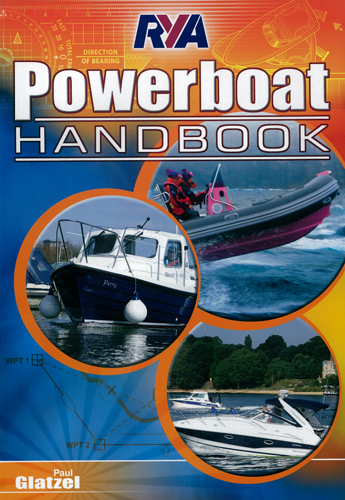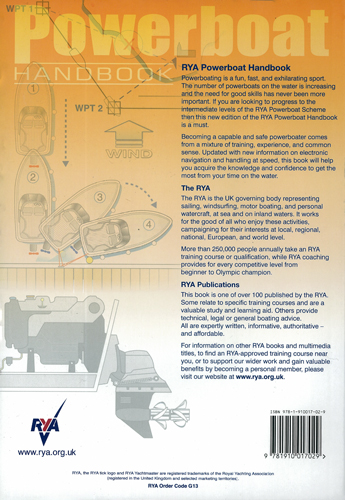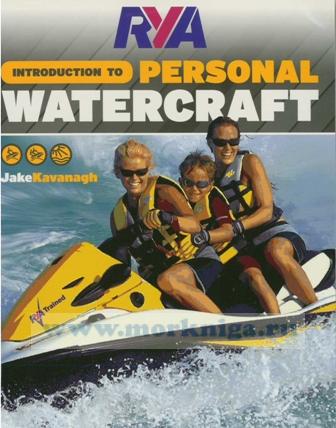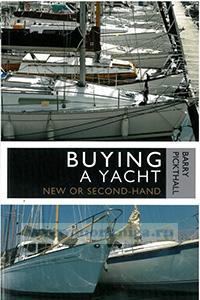Сб с 10 до 16
RYA Powerboat Handbook
The RYA National Powerboat Scheme consists of a number of courses aimed at powerboaters with different levels of experience and different areas of interest. It is aimed at those using planing and displacement craft, both at sea and on inland waterways. The courses generally suit vessels up to about 10m, at which point the RYA Motor Cruising Scheme courses become relevant. The RYA Motor Cruising Scheme courses are aimed at those using motor cruisers. These are typically planing or displacement craft, with accommodation, 10m and upwards in length either with single or twin-engined installations. The scheme consists of Helmsman, Day Skipper, Coastal Skipper and Yachtmaster courses. These are available as both theory and practical courses. The theory courses are an excellent way to develop the theoretical knowledge before taking the practical courses. Inevitably there is no clear divide between the Motor Cruising and Powerboat Schemes, and those seeking courses on craft around the cut-off point should chat to both a Motor Cruising school and a Powerboat school to find out which course suits their boating requirements.
Contents
Introduction
1 Parts of a Boat
2 Types of Boats Engines and Hulls
Boats and hull shapes
Engines and drives
3 Propellers
4 Safety and Planning
Planning your day
Boat equipment
Lifejackets and buoyancy aids
Skipper's responsibilities
Summoning assistance
5 Launch and Recovery
Launching Recovery
6 Boat Handling
Turning principles
7 Leaving and Coming Alongside
8 Anchoring
9 Travelling at Speed
10 Difficult Conditions
11 Search Patterns
12 Man Overboard
13 Helicopter Rescue
14 Towing on the Water
15 Knots and Rope Work
16 Collision Regulations
Lights, shapes and sounds
17 Buoyage
18 Navigation
Charts
The compass
Tides and tidal streams
Passage planning and pilotage
Electronic navigation
19 Weather
20 Boating at Night and in Restricted Visibility
21 Trailing Your Boat
22 Buying and Owning a Boat
23 SOLAS V
24 Considering the Environment
25 Life Saving Signals
Glossary





 RYA Introduction to Personal Watercraft
RYA Introduction to Personal Watercraft  Buying a Yacht
Buying a Yacht  Diesel companion
Diesel companion